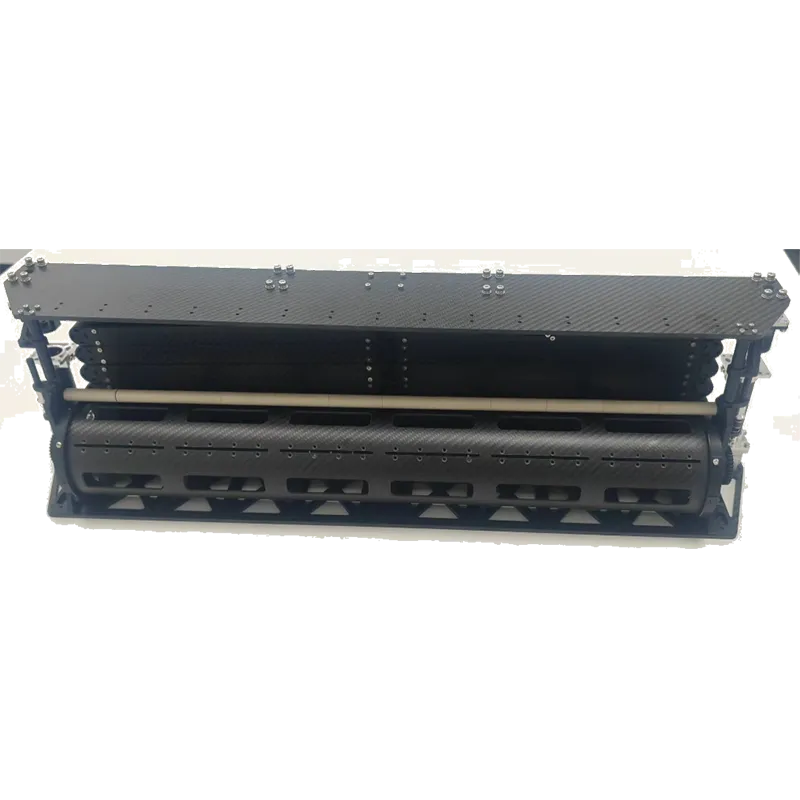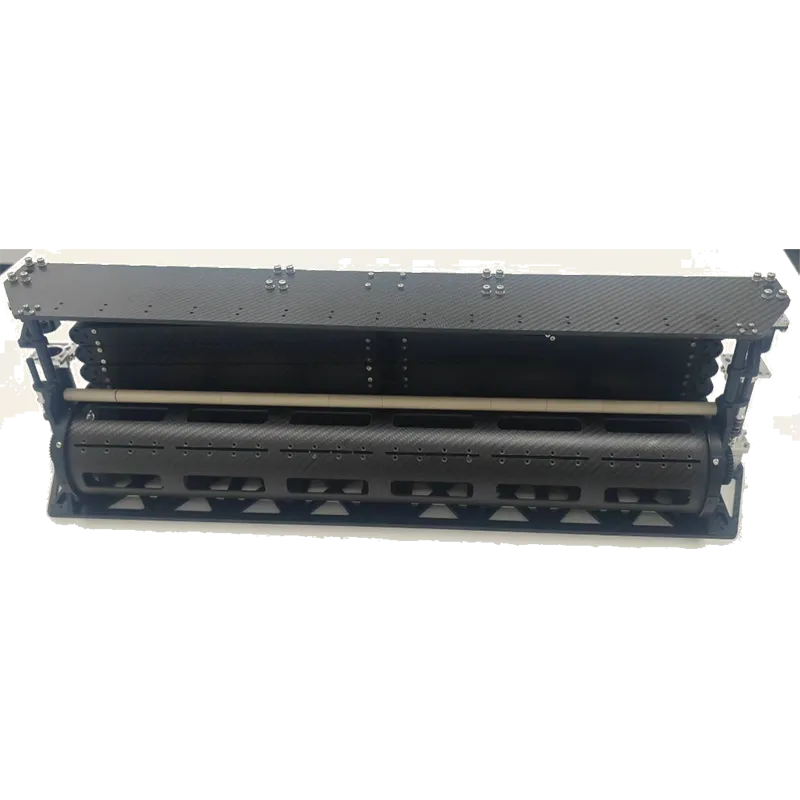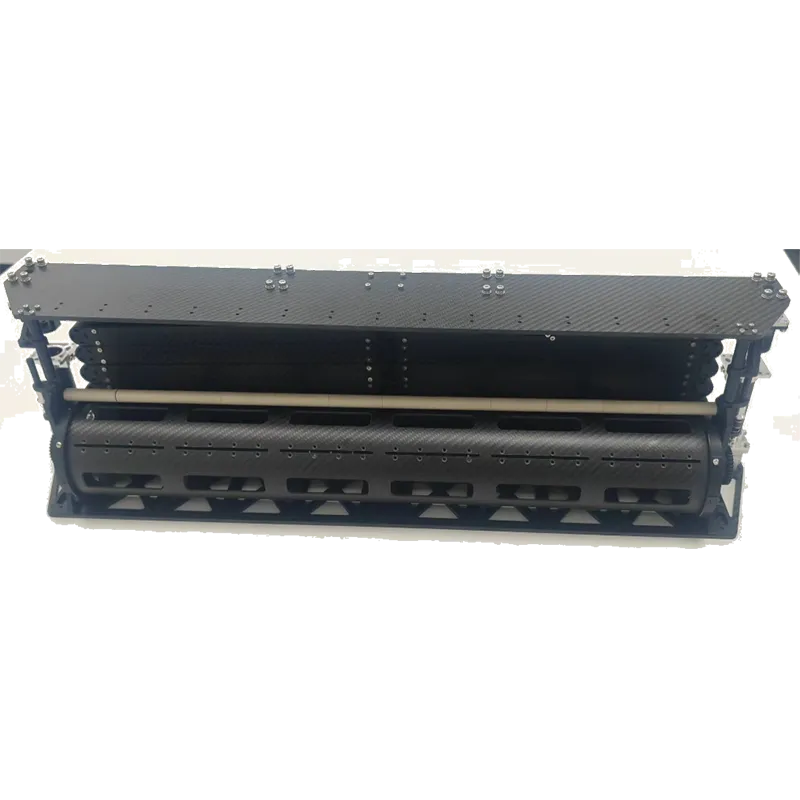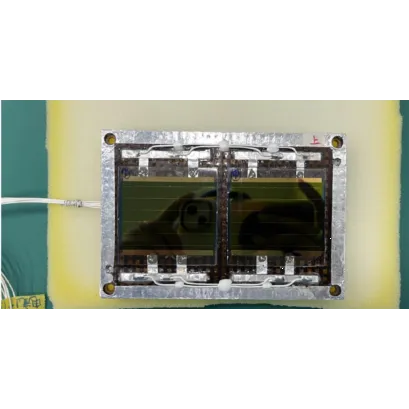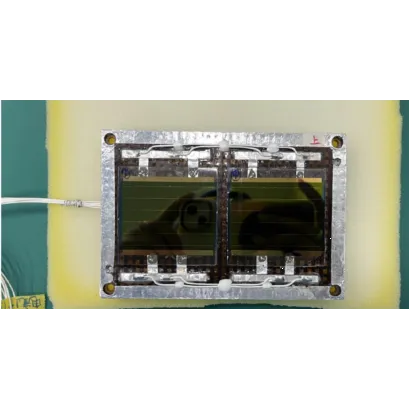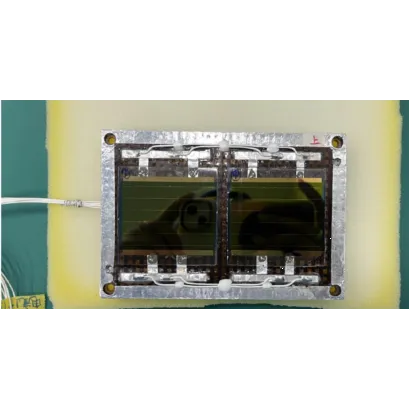
- អាហ្រ្វិក
- អាល់បានី
- អាំហារិក
- ភាសាអារ៉ាប់
- អាមេនី
- អាស៊ែបៃហ្សង់
- បាស
- បេឡារុស្ស
- បង់ក្លាដែស
- បូស្នៀ
- ប៊ុលហ្គារី
- កាតាឡាន
- សេប៊ូណូ
- ចិន
- Corsican
- ក្រូអាត
- ឆេក
- ដាណឺម៉ាក
- ហូឡង់
- ភាសាអង់គ្លេស
- អេស្ប៉ារ៉ាន់តូ
- អេស្តូនី
- ហ្វាំងឡង់
- បារាំង
- ហ្វ្រីសៀន
- ហ្គាលីសៀន
- ហ្សកហ្ស៊ី
- អាឡឺម៉ង់
- ក្រិក
- ហ្គូចារ៉ាទី
- ក្រេអូល ហៃទី
- ហូសា
- ហាវ៉ៃ
- ភាសាហេព្រើរ
- ទេ
- Miao
- ហុងគ្រី
- អ៊ីស្លង់
- អ៊ីកបូ
- ឥណ្ឌូនេស៊ី
- អៀរឡង់
- អ៊ីតាលី
- ជប៉ុន
- ជ្វា
- កាណាដា
- កាហ្សាក់ស្ថាន
- ខ្មែរ
- រវ៉ាន់ដា
- កូរ៉េ
- ឃឺដ
- កៀហ្ស៊ីស៊ី
- ពលកម្ម
- ឡាតាំង
- ឡាតវី
- លីទុយអានី
- លុចសំបួរ
- ម៉ាសេដូនៀ
- ម៉ាឡាហ្គាស៊ី
- ម៉ាឡេ
- ម៉ាឡាយ៉ាឡា
- ម៉ាល់តា
- ម៉ៅរី
- ម៉ារ៉ាធី
- ម៉ុងហ្គោលី
- មីយ៉ាន់ម៉ា
- នេប៉ាល់
- ន័រវេស
- ន័រវេស
- អូស៊ីតាន់
- ប៉ាសតូ
- ពែរ្ស
- ប៉ូឡូញ
- ព័រទុយហ្គាល់
- ពុនចាប៊ី
- រ៉ូម៉ានី
- រុស្សី
- សាម័រ
- ស្កុតឡេក
- ស៊ែប៊ី
- ភាសាអង់គ្លេស
- សូណា
- ស៊ីនឌី
- ស៊ីនហាឡា
- ស្លូវ៉ាគី
- ស្លូវេនី
- សូម៉ាលី
- ភាសាអេស្ប៉ាញ
- ស៊ុនដា
- ស្វាហ៊ីលី
- ស៊ុយអែត
- តាកាឡុក
- តាជីក
- តាមីល
- តាតា
- តេលូហ្គូ
- ថៃ
- ទួរគី
- តួកមេន
- អ៊ុយក្រែន
- អ៊ូឌូ
- អ៊ុយហ្គួរ
- អ៊ូសបេក
- វៀតណាម
- វែល
- ជំនួយ
- យីឌីស
- យូរូបា
- ហ្សូលូ
Innovations Driving Space Exploration
Space exploration has always been synonymous with cutting-edge innovation. From the earliest telescopes to today's highly sophisticated satellites, advancements such as the Sun sensor, Camera technology, and Star tracker have transformed our ability to observe and understand the universe. The introduction of Super resolution and optimized camera structure has further enhanced the accuracy and clarity of space imagery, opening up new possibilities for scientific discovery and technological progress.
The Crucial Role of the Sun Sensor in Space Missions
Among the critical components of any satellite or spacecraft, the Sun sensor plays an indispensable role. The Sun sensor is a navigation instrument that determines the precise orientation of the spacecraft relative to the Sun. By constantly measuring solar angles, it provides essential data for maintaining the spacecraft's attitude and stabilizing its flight path.
Modern Sun sensor designs offer high precision, reliability, and rapid response times. These devices are integral not just to scientific missions but also to communication satellites and Earth observation systems. Without a functioning Sun sensor, maintaining proper alignment for solar energy collection and accurate data gathering would be immensely challenging.
Camera Technology: Advancing the Frontiers of Observation
The evolution of Camera technology has dramatically improved the quality and capabilities of space imaging. High-resolution cameras aboard satellites now capture intricate details of planetary surfaces, atmospheric phenomena, and deep-space objects with remarkable clarity.
Innovations in Camera technology have introduced features such as adaptive optics, thermal imaging, and multi-spectral analysis. These improvements enable researchers to gather valuable insights about weather patterns, environmental changes, and potential resources on distant planets. Additionally, advancements in Camera technology support faster data processing and transmission, ensuring real-time or near-real-time access to critical information for scientists and decision-makers.
How Star Tracker Systems Ensure Accurate Navigation
A Star tracker is another vital tool for space navigation, helping spacecraft determine their orientation by capturing images of stars and comparing them to onboard celestial maps. The precise function of a Star tracker ensures that spacecraft maintain their intended trajectories and correctly orient antennas, sensors, and propulsion systems.
The reliability of the Star tracker has made it a standard feature in both manned and unmanned space missions. By integrating Star tracker data with other navigational tools like gyroscopes and Sun sensors, mission control teams can achieve exceptional positional accuracy, which is crucial for rendezvous operations, orbital adjustments, and deep-space exploration tasks.
The Breakthrough of Super Resolution and Its Impact on Space Imaging
In the realm of space-based observation, Super resolution technology represents a significant breakthrough. Super resolution techniques enhance image quality by reconstructing high-definition visuals from multiple lower-resolution images. This capability allows scientists to observe fine details that were previously beyond the reach of conventional imaging systems.
When applied in combination with sophisticated Camera technology and camera structure designs, Super resolution helps in monitoring environmental changes, mapping celestial bodies, and supporting strategic planning for missions. The integration of Super resolution into satellite imaging systems also enhances the efficiency of data analysis and interpretation, contributing to faster scientific discoveries.
Optimizing Performance Through Camera Structure Innovations
Behind every high-performing space camera is an expertly engineered camera structure. The camera structure must be resilient enough to withstand the rigors of launch and the harsh conditions of outer space, including extreme temperatures, radiation, and microgravity effects.
Modern camera structure designs prioritize lightweight materials, compact formats, and modularity to ensure adaptability across different mission requirements. A robust camera structure not only protects sensitive optical components but also supports stable and precise image capture, even during dynamic spacecraft movements. As missions become more ambitious, from Mars rovers to asteroid mining, innovations in camera structure will be essential to achieving mission success.
Camera technology FAQs
What is the purpose of a Sun sensor in spacecraft navigation?
The Sun sensor is a critical device that measures the angle of the Sun relative to the spacecraft, helping maintain proper orientation and stability. Accurate solar tracking via a Sun sensor is essential for optimizing power generation from solar panels and ensuring reliable mission operations.
How has Camera technology evolved for space applications?
Modern Camera technology for space has advanced to include high-resolution imaging, thermal sensing, and multi-spectral analysis. These capabilities allow satellites and probes to gather more detailed and versatile data, playing a crucial role in planetary research, environmental monitoring, and defense applications.
Why is a Star tracker essential for space missions?
A Star tracker ensures accurate spacecraft navigation by using images of stars to determine orientation. It is indispensable for maintaining correct flight paths, aiming communication antennas, and executing critical maneuvers in space missions, often working alongside Sun sensors for optimal performance.
What benefits does Super resolution offer in space imagery?
Super resolution enhances the clarity of satellite images by reconstructing higher-definition visuals from lower-resolution inputs. This allows for the observation of finer surface features, improves data quality for scientific research, and supports more accurate environmental monitoring and resource mapping.
How does camera structure influence the success of space imaging?
A durable and precisely engineered camera structure protects the camera’s optical components against space hazards like extreme temperatures and mechanical stresses. Effective camera structure design ensures consistent, high-quality image capture, supporting the demanding requirements of modern space missions.






